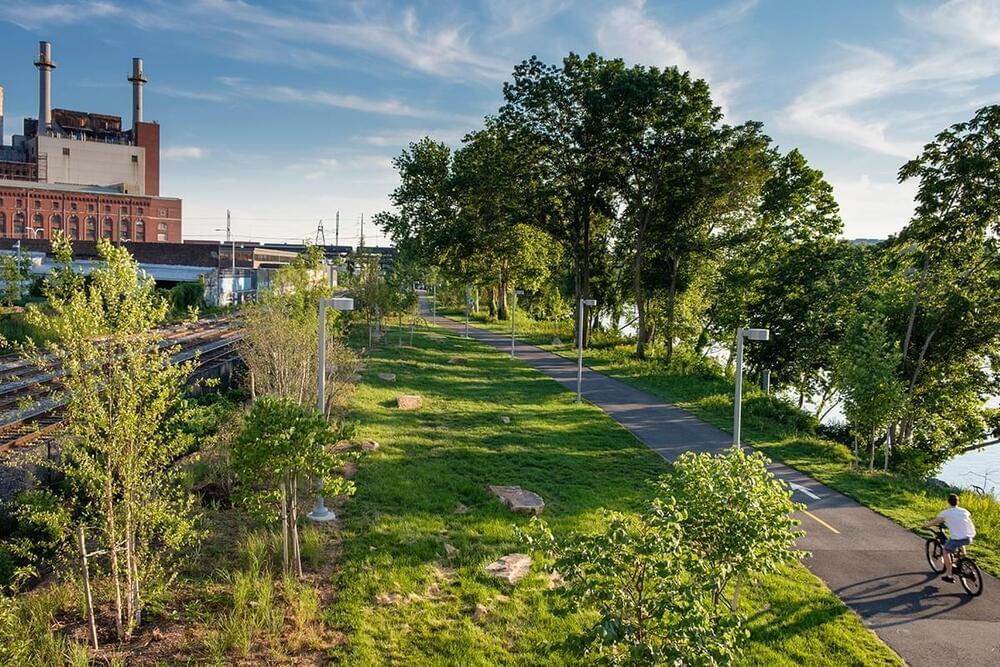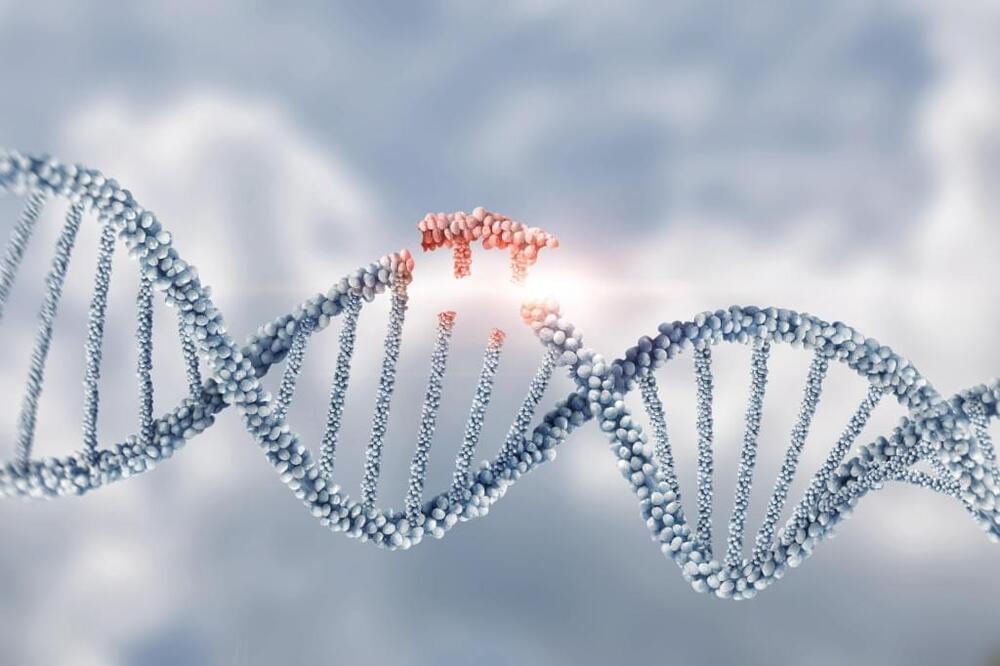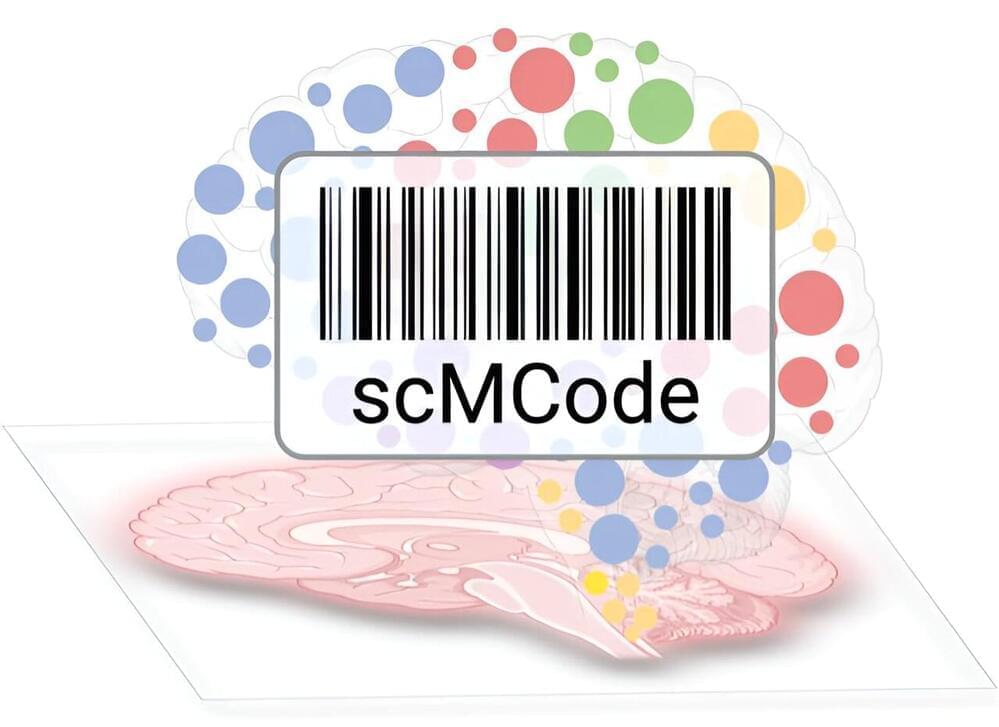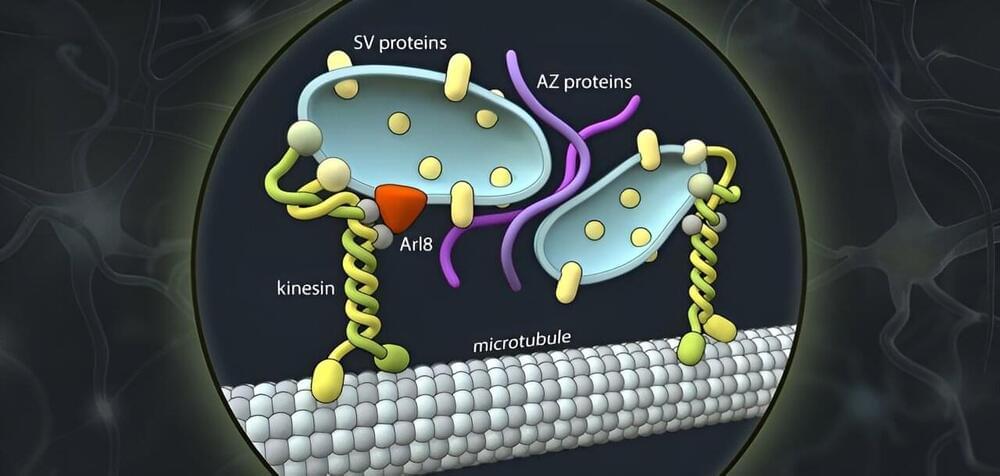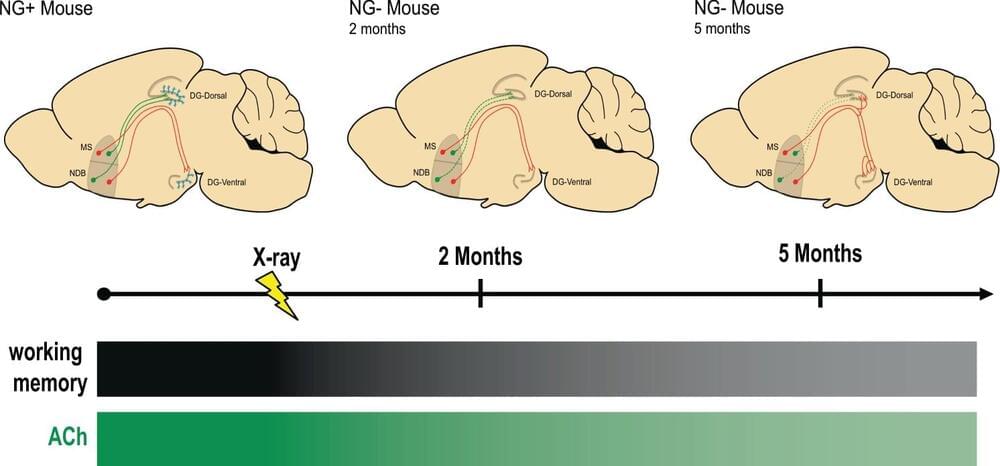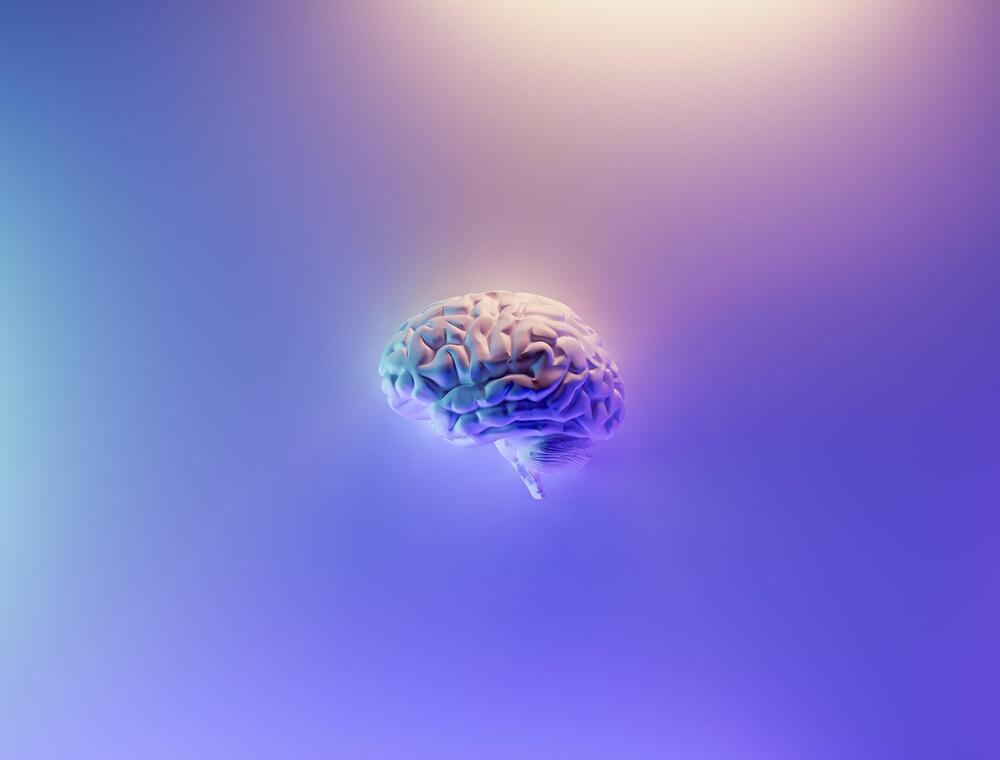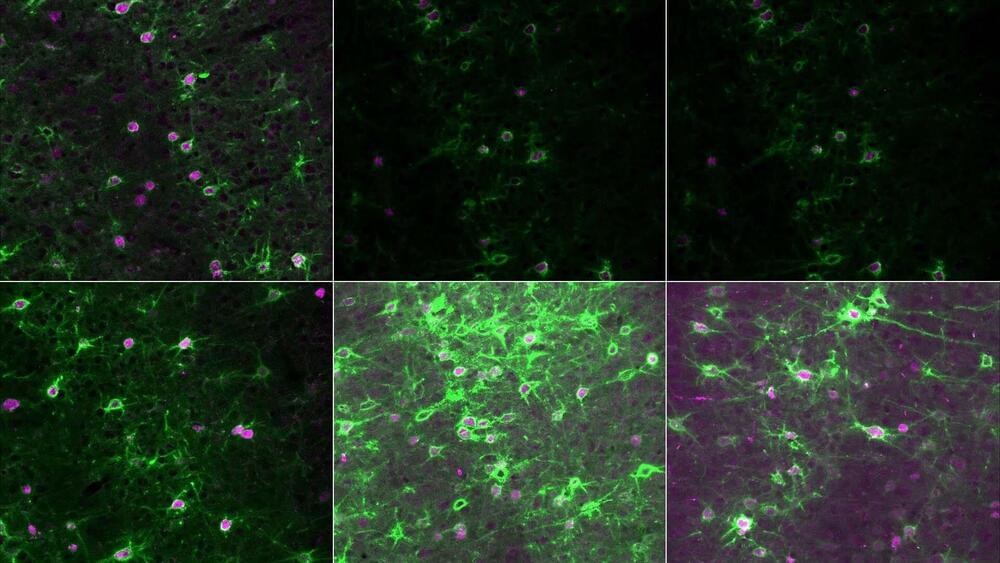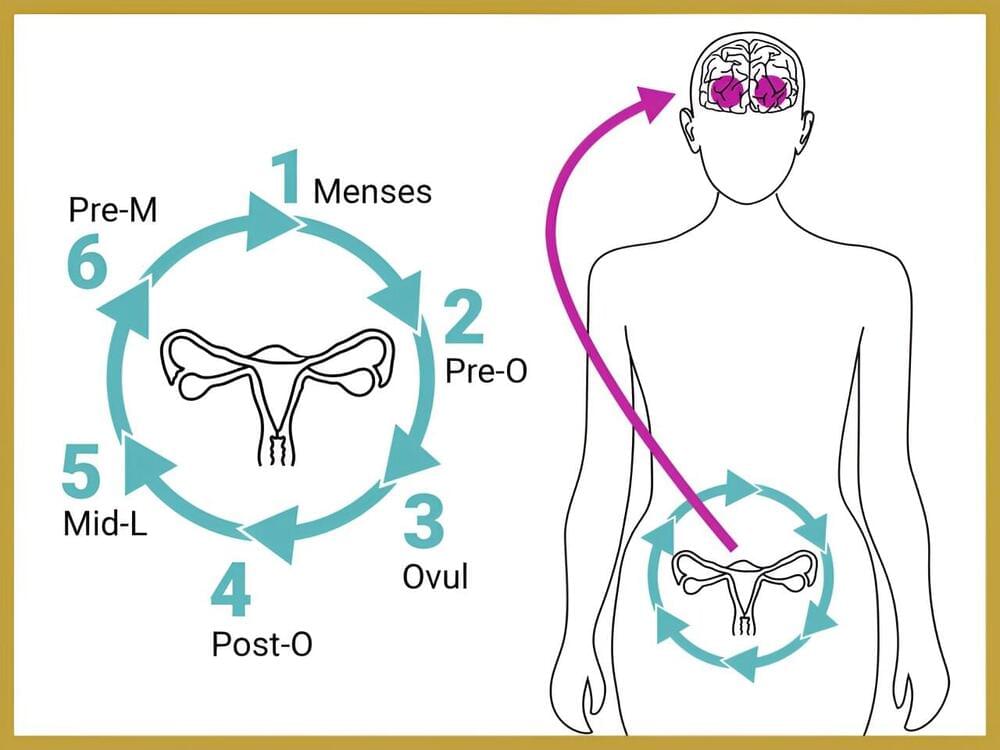Where reliability matters, as it does in energy, resilience against cyberattacks enhances a company’s reputation. Disruptions damage that reputation.
In 2021, a ransomware attack shut down Colonial Pipeline operations for six days. Gas shortages in the eastern US, economic turmoil, and eye-catching headlines resulted. Interest in cybersecurity for critical infrastructure intensified — and many leaders seemed to learn the wrong lesson.
Energy sector leaders often take cyber vulnerabilities seriously only after a significant breach. Experiencing a loss (or watching someone else’s) makes companies tighten cybersecurity to avoid similar losses. This pattern emphasizes the loss-avoidance aspects of cybersecurity. Yet thinking of cybersecurity solely as loss avoidance misses a key value generator cybersecurity provides: trust.
Companies that get cybersecurity right earn trust. That trust matters in two ways: It supports brand or company reputation, and it allows for forward innovation.
